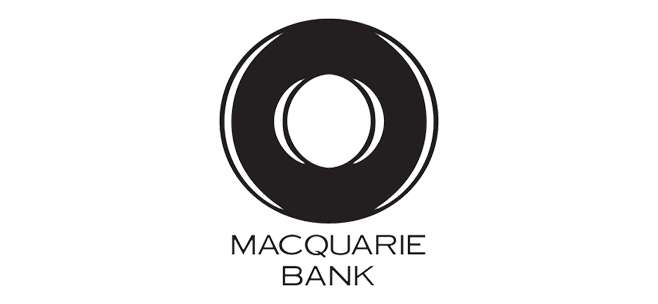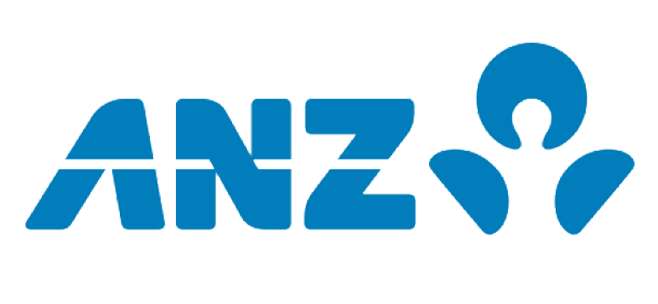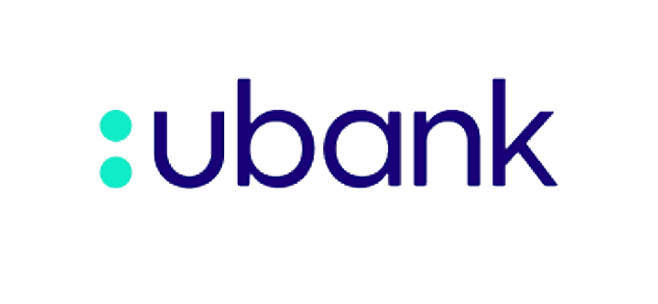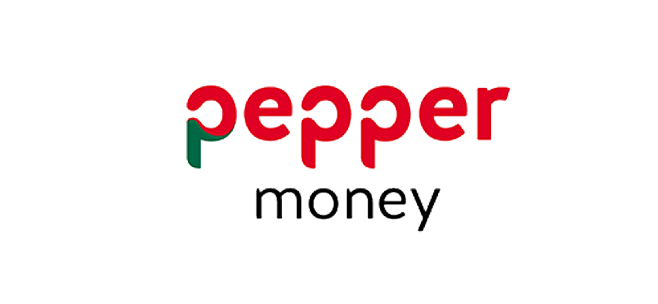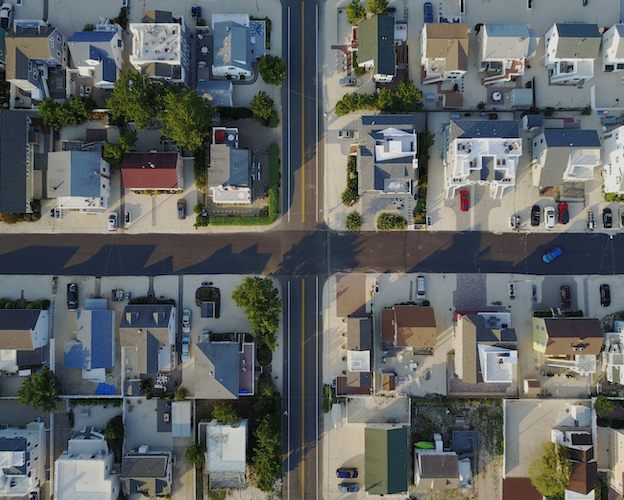In particular we focus on getting the loan structure right the first time, choosing which lenders to use in the right order (yes this is important) and finally getting our clients the best deal possible.
Lo Doc Loans
What are lo doc loans?
Lo Doc loans are loans where the income of a proposed borrower is not fully verified by the lender or mortgage broker. However, everything else about the borrower is still assessed as per a normal loan application.
Lo doc loans are also know as low doc loans, lite doc loans, self verified loans, self certified loans and low documentation loans. These terms all refer to essentially the same thing.

While lo doc loans are primarily designed to cater for self employed borrowers who cannot prove their income via traditional documentation, lo doc options are also available for the non self employed in certain situations.
Typically a lo doc borrower will not be up to date with their latest tax returns or will have overly complicated tax affairs that make verifying personal income very difficult.
I thought they stopped doing lo doc loans?
Lo doc loans are still available post the GFC. The rules and policy guidelines have been tightened considerably however, especially for the major lenders.
A significant change to lo doc loans was the introduction of responsible lending laws on July 1st, 2010. Since these regulations came into effect, the onus is now on lenders and mortgage brokers to make reasonable enquiries about a potential borrower’s ability to afford the proposed loan’s repayments. This reduces the risk of the offered loan being “unsuitable”.
In practice, this means that a lender or broker can no longer just rely on a borrower’s declaration of income. They must conduct research and verify documentation to be satisfied that a borrower can afford the proposed repayment schedule.
Although lo doc loans are still available without the need to provide traditional documents to prove income, you will still need to prove you can substantiate the income declared on your loan application. This is often done with a combintaion of business activity statements (BAS statements), accountants declarations of loan affordability and business bank account statements.
There are options available without having to provide these documents but the new laws mean there is still a duty of care on the lender and broker to make reasonable enquiries as to the affordability of the loan.
The one exception to this is if the proposed borrower is a company. In that case the responsible lending / consumer protection laws will not apply.
Which lender has the cheapest lo doc loans?
Unfortunately there is no easy answer here. It really depends on a number of things:
- The loan to value ratio (LVR) that a borrower is seeking.
- The purpose of the loan. For example, for the purchase of a property, the acquisition of vacant land, the refinancing of an existing investment loan, etc.
- The documentation that can be provided to support the income declared.
At Mortgage Experts we will assess which lenders you qualify with and then from there help you chose which lender has the most suitable and best priced loan for you.
Check out our other pages for more specific lo doc information
- Lo doc home loans (less than 60% LVR)
- Loan doc home loans (between 60% and 80% LVR)
- Lo doc home loans (no mortgage insurance)
- Current mortgage rates
History of lo doc loans
Lo doc loans have always been around in one form or another. From the 1980s and earlier, a local bank manager would be able to approve a home loan on the spot for a valued business customer, without verifying their income with tax returns. This was on the proviso that the borrower was providing a large deposit. The bank manager would have been familiar with how the borrower’s business was trading from looking at the inward and outward cash flow of the business, and from the personal bank accounts of the borrower. The bank manager would also have been familiar with the character of the borrower through previous business dealings.
With the onset of centralised credit decisioning in the 1990s, bank mangers could no longer approve loans on the spot and had to send loan applications to their head office for processing. It was at this time when the phrase low documentation loans or lo doc loans was invented. The term described loans where a self employed borrower had a large deposit but could not at that time produce up to date tax returns. Or in other cases, when a borrower’s tax affairs were so complicated that their true income position was hard to determine.
Originally, lo doc loans from major lenders were priced well above normal home loans to account for their added risk – after all, income was not being verified. They were also only available for self employed borrowers. However, during the mid 2000s, competition for new lending dramatically increased. As a result, the major banks relaxed their lending standards and started offering lo doc loans at the same price as fully verified loans. Lo doc loans also became available to non self employed borrowers.
Once the GFC hit and Australian lenders saw what was happening overseas such as in the USA and the UK, lo doc loan policies were once again tightened.
What about no doc loans?
No doc loans are no longer available in Australia.
No doc loans were loans where no disclosure or verification of a borrower’s income or assets and liabilities were undertaken. They were for borrowers with a large deposit who were purchasing or refinancing an investment property. They only had to sign a declaration as to the affordability of the loan and have the required deposit available. No doc loans are sometimes also called “asset lends”.
Want to see if a lo doc loan is right for you?
Our Current Lender Panel







